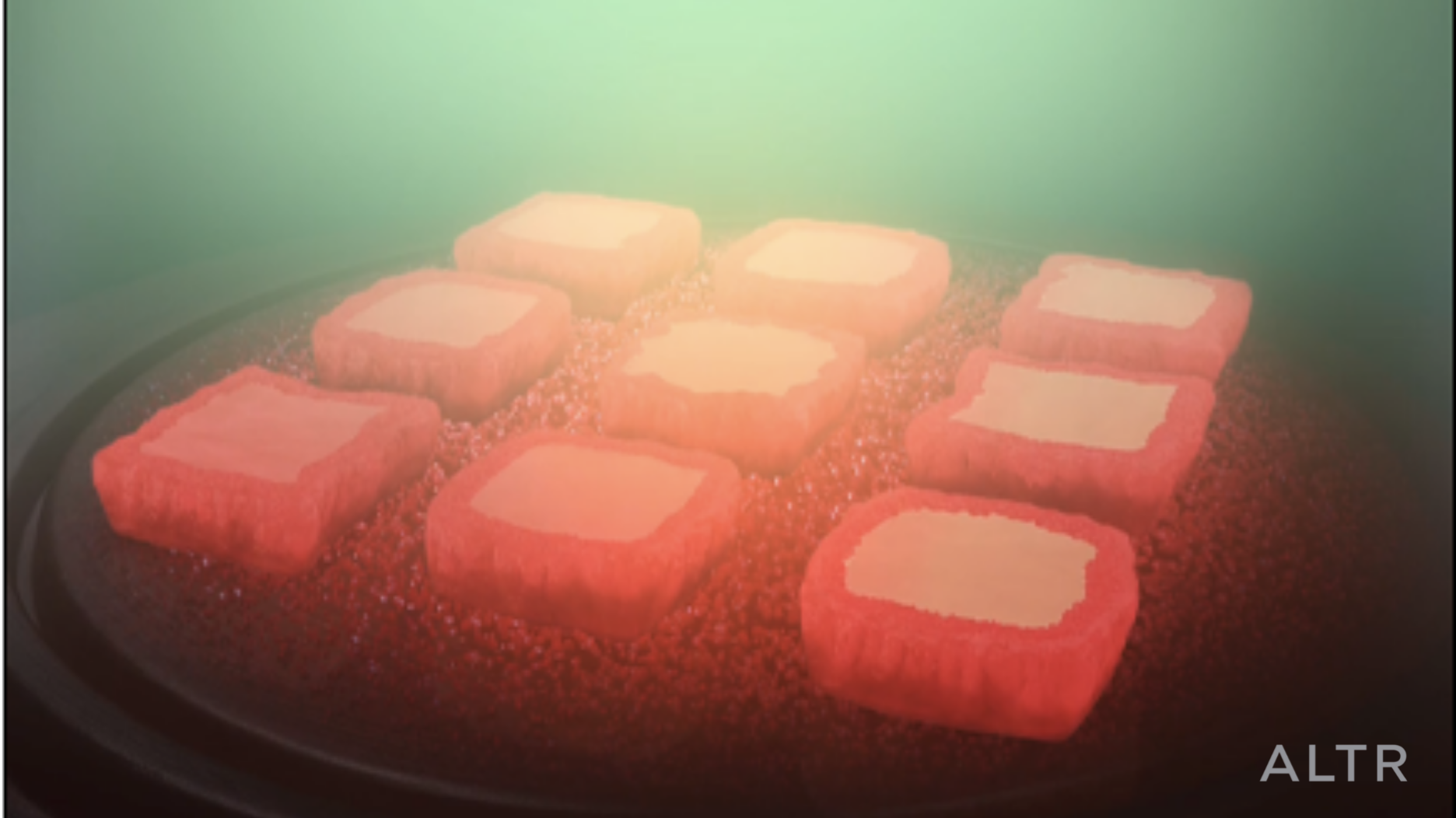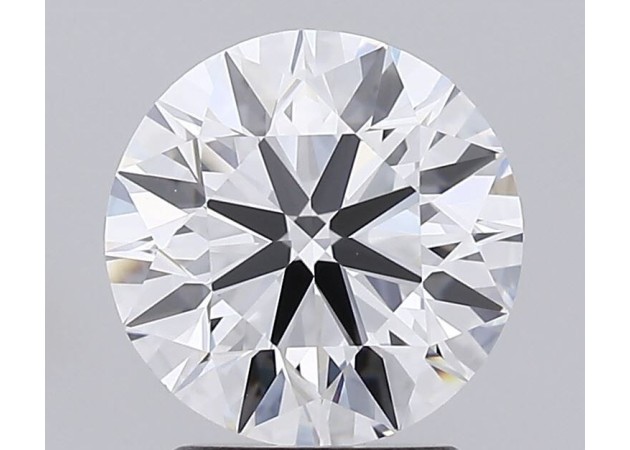Lab-Grown Diamonds: A Brilliant Alternative
Introduction
The allure of diamonds has captivated humanity for centuries. Symbolising love, luxury, and status, these gemstones have been cherished as prized possessions. However, the traditional diamond industry has faced increasing scrutiny due to ethical concerns and environmental impacts. In recent years, a groundbreaking alternative has emerged: lab-grown diamonds.
What are Lab-Grown Diamonds?
Lab-grown diamonds are created in a controlled laboratory environment, replicating the same geological conditions under which natural diamonds form deep within the Earth. The process involves subjecting carbon to high pressure and temperature, resulting in a crystal structure identical to that of a natural diamond.

The Ethical and Environmental Benefits
- Ethical Sourcing: Lab-grown diamonds are free from the ethical concerns associated with natural diamond mining, such as human rights abuses and conflict zones.
- Environmental Impact: The production of lab-grown diamonds has a significantly lower environmental impact compared to traditional mining, reducing carbon emissions, water usage, and land disturbance.
- Sustainability: By choosing lab-grown diamonds, consumers can contribute to a more sustainable future for the jewellery industry.
Lab-Grown vs. Natural Diamonds: A Comparison
While lab-grown and natural diamonds share the same chemical composition and physical properties, there are key differences:
- Origin: Lab-grown diamonds are created in a laboratory, while natural diamonds are formed deep within the Earth over millions of years.
- Price: Lab-grown diamonds are generally more affordable than natural diamonds of comparable size and quality.
- Ethical Considerations: As mentioned, lab-grown diamonds offer a more ethical and environmentally friendly alternative to natural diamonds.
Frequently Asked Questions About Lab-Grown Diamonds
Q: Are lab-grown diamonds real diamonds?
A: Yes, lab-grown diamonds are chemically, physically, and optically identical to natural diamonds. They possess the same brilliance, fire, and durability.
Q: Can you tell the difference between a lab-grown and a natural diamond?
A: It is nearly impossible to distinguish between a lab-grown and a natural diamond without specialised equipment.
Q: Will the value of lab-grown diamonds decrease over time?
A: The value of lab-grown diamonds is determined by factors such as size, cut, clarity, and colour, similar to natural diamonds. While the market for lab-grown diamonds is still developing, their value is expected to remain stable.
Q: Are lab-grown diamonds less durable than natural diamonds?
A: No, lab-grown diamonds are equally as hard and durable as natural diamonds.
Q: Can I resell a lab-grown diamond?
A: Yes, lab-grown diamonds can be resold, although their resale value may differ from that of natural diamonds.
The Future of Lab-Grown Diamonds
The lab-grown diamond industry is experiencing rapid growth and innovation. As technology advances, we can expect to see even more impressive and affordable lab-grown diamonds in the market. This increased availability is likely to make lab-grown diamonds an even more attractive option for consumers.
Choosing the Right Diamond for You
Whether you opt for a lab-grown or natural diamond, the most important factor is selecting a stone that resonates with you and your partner. Consider your values, budget, and personal preferences when making your decision.
Conclusion
Lab-grown diamonds offer a compelling alternative to natural diamonds, combining stunning beauty with ethical and environmental responsibility. As technology continues to advance, the demand for lab-grown diamonds is expected to grow, making them an increasingly popular choice for conscious consumers.
By understanding the benefits and characteristics of lab-grown diamonds, you can make an informed decision that aligns with your values and preferences.
If you need any help, please do contact the team at ComparetheDiamond.com.

